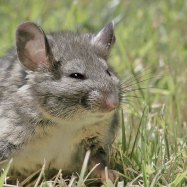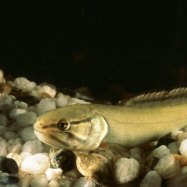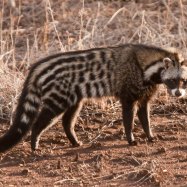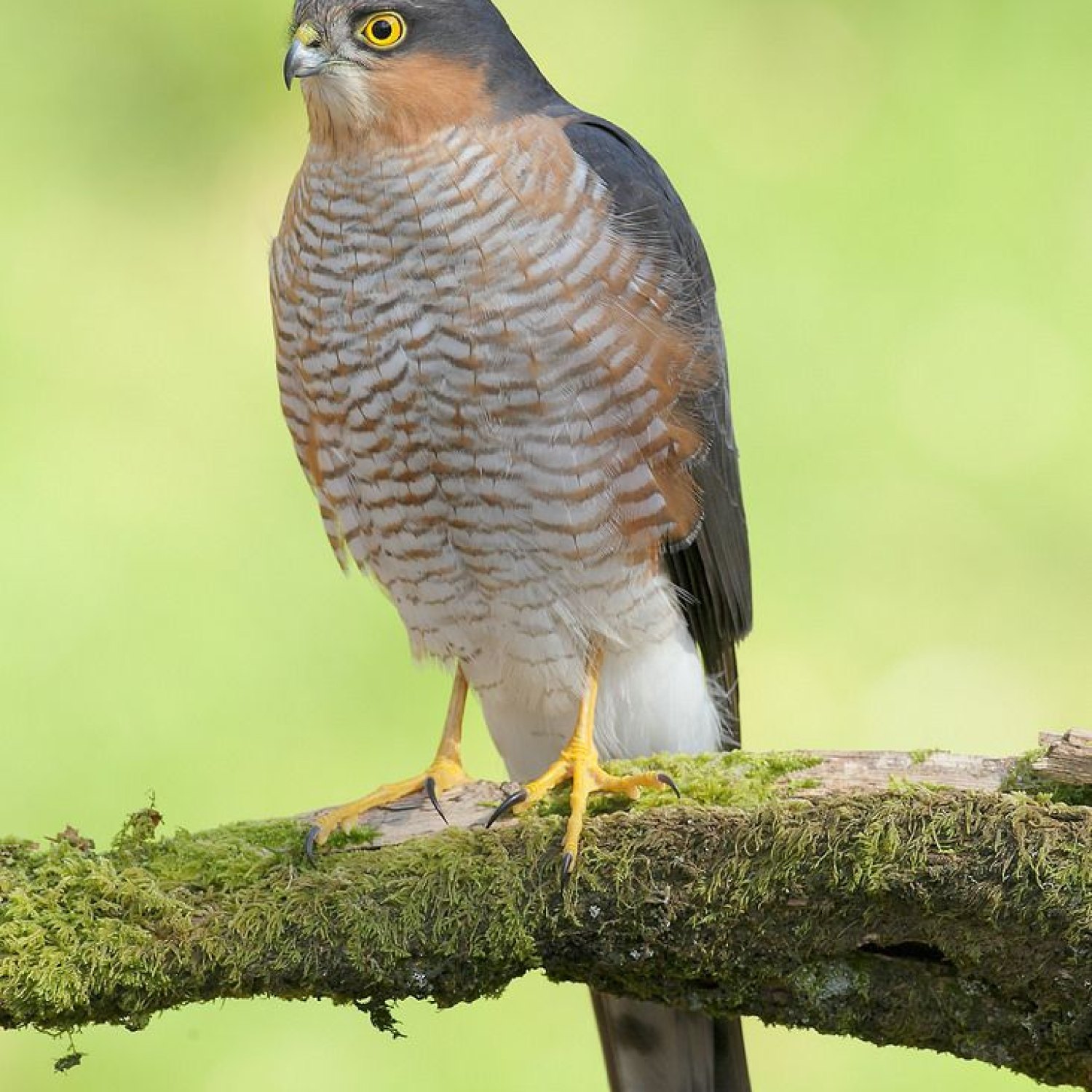
Eurasian Sparrowhawk
Male: 28-38 cm (11-15 in), Female: 35-41 cm (14-16 in)
The Eurasian Sparrowhawk is a medium-sized bird of prey found in Europe, Asia, and Africa. With its long, rounded wings and long tail, this Accipitridae family member is a formidable hunter. Males range from 28-38 cm while females grow up to 35-41 cm. #birds #raptors #EurasianSparrowhawk
Animal Details Summary:
Common Name: Eurasian Sparrowhawk
Kingdom: Animalia
Habitat: Woodlands, forests, and open areas
The Fierce and Elegant Eurasian Sparrowhawk: A Master Hunter of the Skies
Birds of prey, also known as raptors, have always been a source of fascination for humans. Their powerful and graceful flight, sharp talons, and keen eyes make them the ultimate hunters of the sky. Amongst these magnificent creatures, the Eurasian Sparrowhawk stands out for its fierce nature and elegant appearance.With its scientific name Accipiter nisus, the Eurasian Sparrowhawk belongs to the kingdom Animalia, phylum Chordata, class Aves, order Accipitriformes, and family Accipitridae Eurasian Sparrowhawk. This beautiful bird has a wide distribution, spanning across Europe, Asia, and Africa, and is commonly found in woodlands, forests, and open areas. Let's dive deeper into the fascinating world of the Eurasian Sparrowhawk and discover what makes it such a unique and valued species.
Habitat and Distribution
The Eurasian Sparrowhawk is a bird of prey that is found in a variety of habitats including woodlands, forests, and open areas. This species is primarily found in Europe, but its range also extends into Asia and North Africa. Within Europe, the Eurasian Sparrowhawk is most commonly found in Central and Northern Europe, but it can also be spotted in the Mediterranean region and even into the Middle East.In Asia, the Eurasian Sparrowhawk is found in northern and central regions, ranging from Turkey and the Caucasus to Japan and the Russian Far East. In Africa, this bird has a limited range, with scattered populations in Morocco, Algeria, and Tunisia.
Feeding Habits
As with most raptors, the Eurasian Sparrowhawk is a carnivorous bird, meaning it feeds on other animals. In particular, this species preys on smaller birds such as sparrows, finches, and pigeons Earwig. The Eurasian Sparrowhawk is an agile hunter, using its sharp talons and sharp beak to catch and kill its prey.One of the most fascinating feeding behaviors of the Eurasian Sparrowhawk is its use of ambush tactics. This bird will often perch on a high branch or tree and wait for its prey to pass by. Once its prey is within range, the Eurasian Sparrowhawk will launch a swift and precise attack, catching its meal in mid-air. This hunting style requires precision, speed, and agility, making the Eurasian Sparrowhawk a master of the skies.
Physical Appearance
The Eurasian Sparrowhawk has a distinctive appearance that sets it apart from other birds of prey. This medium-sized bird measures between 28-38 cm (11-15 inches) in length for males and 35-41 cm (14-16 inches) for females. It has a long, narrow tail and elongated rounded wings that allow it to maneuver swiftly through the air.One of the most striking features of the Eurasian Sparrowhawk is its coloration. Adult birds have dark brown feathers on their upperparts, while their underparts are a pale color with fine dark spotting. The juveniles, however, have a brown overall color with vertical brown streaks on their underparts. This coloration helps the birds blend in with their surroundings, making them less visible to their prey and potential predators.
Behavior and Social Structure
The Eurasian Sparrowhawk is a solitary bird, and adult males and females only come into contact during the breeding season. This species is known for its territorial behavior and will defend its territory fiercely, especially during breeding and hunting times.During courtship, the males perform impressive aerial displays, swooping and diving through the air and making sharp calls to attract the females. Once paired, the female will lay between 3-4 eggs, and both parents take turns incubating them. Once hatched, the parents will also cooperate in raising the young until they are ready to leave the nest.
Threats and Conservation Status
The population of the Eurasian Sparrowhawk has remained relatively stable over the years, and it is listed as a species of "least concern" on the IUCN Red List. However, there are still several threats that this bird faces.One of the main threats to the Eurasian Sparrowhawk is habitat destruction. Like many other species, this bird relies on a specific habitat, and any disturbance or destruction of that habitat can have a significant impact on its population.
Another significant threat to this species is illegal hunting and trapping. In some regions, the birds are deliberately targeted and killed for sport or as a measure to prevent predation on game birds.
The Importance of the Eurasian Sparrowhawk
The Eurasian Sparrowhawk plays a vital role in maintaining a balanced ecosystem. As predators, they help to control populations of smaller birds, ensuring that they do not become overpopulated and cause damage to their habitat.Additionally, this species serves as an indicator of the health of their habitat. As an apex predator, any disturbance or decline in their population indicates an imbalance in their ecosystem, highlighting the need for conservation efforts.
Conservation Efforts
Various conservation efforts are in place to protect the Eurasian Sparrowhawk and its habitat. One of the most important steps in conservation is the protection and preservation of their habitats. This includes preventing deforestation, limiting human activities, and creating protected areas for these birds to thrive.Another crucial step is raising awareness and educating the public about the importance of the Eurasian Sparrowhawk and other raptor species. This can help reduce illegal hunting and trapping and promote responsible human actions towards the environment.
Conclusion
The Eurasian Sparrowhawk is a stunning bird of prey with a widespread distribution and unique characteristics. From its powerful hunting skills to its elegant appearance, this species has captured the attention and interest of many. Through proper conservation efforts, we can ensure that this magnificent bird continues to soar through our skies, reminding us of the beauty and wonder of nature.

Eurasian Sparrowhawk
Animal Details Eurasian Sparrowhawk - Scientific Name: Accipiter nisus
- Category: Animals E
- Scientific Name: Accipiter nisus
- Common Name: Eurasian Sparrowhawk
- Kingdom: Animalia
- Phylum: Chordata
- Class: Aves
- Order: Accipitriformes
- Family: Accipitridae
- Habitat: Woodlands, forests, and open areas
- Feeding Method: Carnivorous
- Geographical Distribution: Eurasia, North Africa
- Country of Origin: Europe
- Location: Europe, Asia, Africa
- Animal Coloration: Adult: Dark brown on upperparts, pale underparts with fine dark spotting. Juvenile: Brown overall with vertical brown streaks on underparts.
- Body Shape: Medium-sized bird of prey with long, rounded wings and a long tail
- Length: Male: 28-38 cm (11-15 in), Female: 35-41 cm (14-16 in)
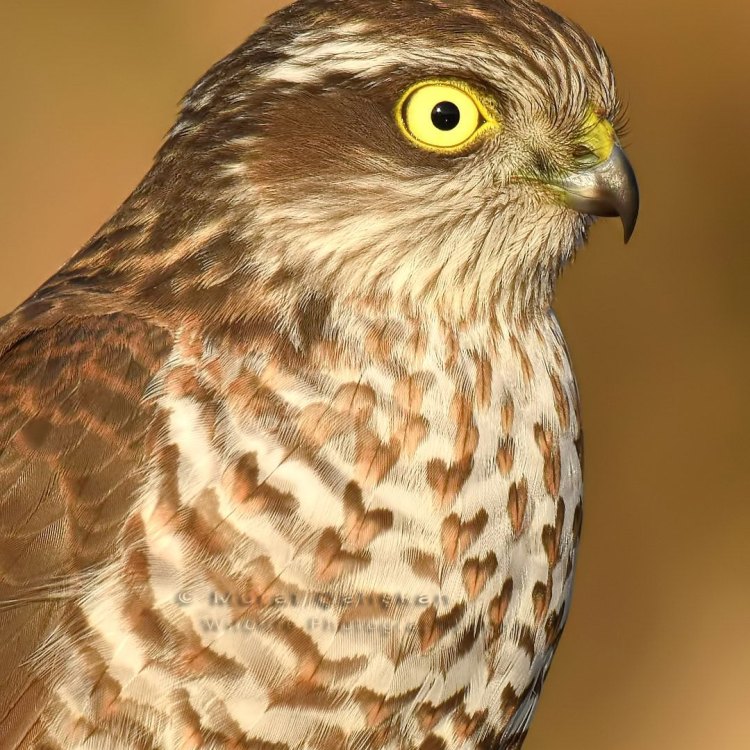
Eurasian Sparrowhawk
- Adult Size: Medium-sized
- Average Lifespan: 3-5 years
- Reproduction: Eurasian Sparrowhawks are monogamous and breed once a year.
- Reproductive Behavior: The female builds the nest and incubates the eggs while the male provides food.
- Sound or Call: Short, high-pitched call: 'kik-kik-kik'
- Migration Pattern: Eurasian Sparrowhawks are partially migratory, with some individuals migrating short distances during the winter.
- Social Groups: Solitary or seen in pairs during breeding season
- Behavior: Eurasian Sparrowhawks are highly agile hunters, known for their ability to fly quickly and maneuver through dense vegetation.
- Threats: Loss of habitat, illegal persecution, and pesticide use
- Conservation Status: Least Concern
- Impact on Ecosystem: As a top predator, Eurasian Sparrowhawks help regulate populations of their prey species.
- Human Use: Eurasian Sparrowhawks are sometimes used in falconry.
- Distinctive Features: Short broad wings, long tail, yellow eyes
- Interesting Facts: 1. Eurasian Sparrowhawks are skilled hunters and specialize in catching small birds in flight. 2. They have excellent eyesight and can spot their prey from high in the air. 3. During courtship displays, the male performs aerial acrobatics to impress the female.
- Predator: No significant predators
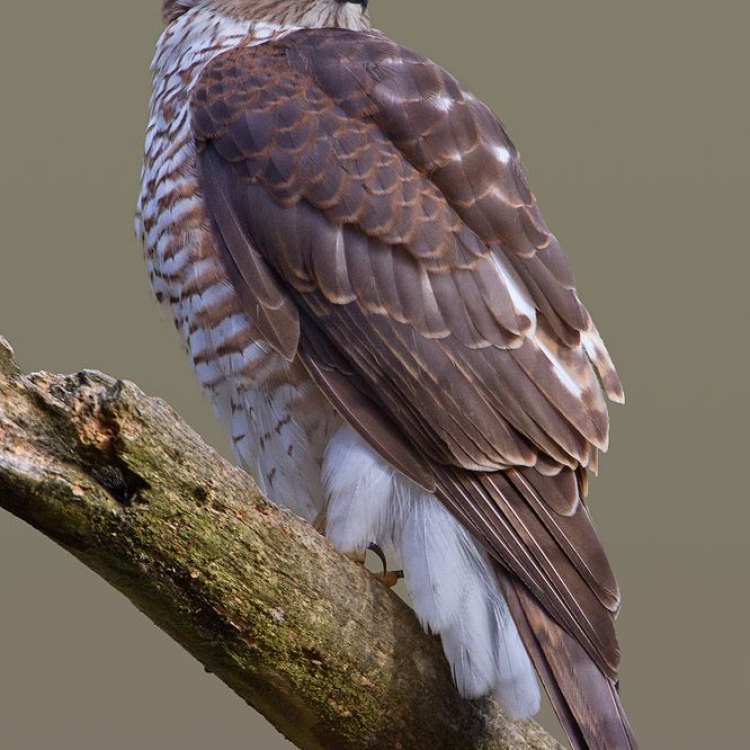
Accipiter nisus
The Agile Hunters of the Sky: A Closer Look at Eurasian Sparrowhawks
As the name suggests, the Eurasian Sparrowhawk is a bird of prey that can be found in Eurasia, from Western Europe to Japan. This medium-sized raptor is known for its agility, striking appearance, and unique behaviors. In this article, we will delve deeper into the intriguing world of the Eurasian Sparrowhawk, from its physical features to its impact on the ecosystem.Adult Size and Average Lifespan
The Eurasian Sparrowhawk (Accipiter nisus) is a medium-sized bird, measuring around 28-40 cm in length and weighing 150-340 grams PeaceOfAnimals.Com. Its wingspan ranges from 59-64 cm. The females are significantly larger than males, with a size difference of almost one-third. The wings and tail of this bird are relatively short and broad, making it highly maneuverable in flight.
On average, these birds have a lifespan of 3-5 years in the wild. However, some individuals have been known to live up to 10 years in captivity. Their relatively short lifespan can be attributed to various threats faced in the wild, as we will discuss later in the article.
Reproduction and Behavioral Patterns
Eurasian Sparrowhawks are monogamous birds, meaning they mate with only one partner for life. Once a pair has been formed, they will remain faithful to each other and breed once a year during the spring season. The male and female work together to build a nest, typically in dense vegetation or on a tree, using twigs and other natural materials Elephant Beetle.
The female is responsible for incubating the eggs, while the male secures and provides food for both the mother and the hatchlings. If the female leaves the nest, the male takes over incubation duties until she returns. This intricate teamwork between the mates not only ensures the survival of their young but also strengthens the bond between them.
The Eurasian Sparrowhawk has a distinct call that is used for communication within the pair and with other individuals. It is a short, high-pitched 'kik-kik-kik' sound, which can be heard during courtship displays and while defending their territory.
Migration Patterns and Social Behavior
Eurasian Sparrowhawks are partially migratory birds, meaning not all individuals migrate during the winter months. Some birds remain in their breeding grounds all year round, while others migrate short distances to milder climates. This choice depends on the availability of prey and the harshness of the winter in their respective regions.
These birds are either solitary or seen in pairs during the breeding season. However, during migration, they can be found in larger groups, sometimes even gathering in flocks of up to 25 individuals. This behavior is believed to provide safety in numbers and increase the chances of successful migration.
Hunting Techniques and Threats
Eurasian Sparrowhawks are highly agile hunters, known for their ability to fly quickly and maneuver through dense vegetation. Their wings and tail are specially adapted for this type of flying, allowing them to change directions rapidly and surprise their prey.
Their diet mainly consists of small birds, such as sparrows, thrushes, and finches, which they catch in flight. They have excellent eyesight, enabling them to spot prey from great heights. Once spotted, they can dive down at high speeds, sometimes reaching up to 50 miles per hour, to catch their prey.
Unfortunately, these magnificent birds are facing numerous threats in the wild. The loss of habitat due to deforestation and urbanization is a major threat to their survival. As their natural habitats shrink, it becomes difficult for them to find suitable nesting sites and prey. Another significant threat is illegal persecution, where these birds are intentionally trapped, poisoned, or shot by humans.
The use of pesticides in agriculture is also a major concern for the Eurasian Sparrowhawk. These birds can ingest dangerous levels of pesticides through their prey, leading to health issues and even death. As a result, conservation efforts have been put in place to minimize the use of these harmful chemicals in areas where these birds reside.
Status and Impact on Ecosystem
Despite these threats, the conservation status of the Eurasian Sparrowhawk is currently listed as Least Concern by the International Union for Conservation of Nature (IUCN). This is due to the widespread range of these birds and their stable population in some areas. However, continuous monitoring and conservation efforts are essential to ensure their survival.
As top predators, Eurasian Sparrowhawks play a crucial role in regulating the populations of their prey species. This helps to maintain a healthy balance within the ecosystem. They also act as indicators of the overall health of their habitat. A decline in their population could be an early warning sign of environmental issues that need to be addressed.
Human Use and Distinctive Features
Eurasian Sparrowhawks have been used in falconry for centuries, a practice where trained birds of prey are used for hunting small game. This bird is considered a highly prized hunting companion due to its agility and speed. However, strict regulations and permits are required for the use of wild birds in falconry, and these regulations must be followed to ensure the survival of the species.
One of the most striking features of the Eurasian Sparrowhawk is its yellow eyes, which are sharper than human eyes and excellent for spotting prey from a distance. Its short, broad wings and long tail are also distinctive features that make it stand out among other birds of prey.
Interesting facts
1. Eurasian Sparrowhawks are skilled hunters and specialize in catching small birds in flight. They have been known to catch prey almost twice their size.
2. They have excellent eyesight and can spot their prey from high in the air, up to 100 meters away.
3. During courtship displays, the male performs aerial acrobatics to impress the female, showcasing its agility and strength.
Predators
Being fierce hunters themselves, Eurasian Sparrowhawks do not have any significant predators. However, young birds may fall prey to larger raptors such as eagles or owls. The loss of juveniles before they reach maturity is another factor contributing to the short lifespan of these birds.
In conclusion, the Eurasian Sparrowhawk is a fascinating bird with unique characteristics and behaviors. From their monogamous mating habits to their incredible agility in flight, these birds are truly a marvel to behold. As with any animal species, it is crucial to ensure their conservation and protection for future generations to enjoy. Let us appreciate these agile hunters of the sky and work towards creating a safer and more sustainable environment for them to thrive in.
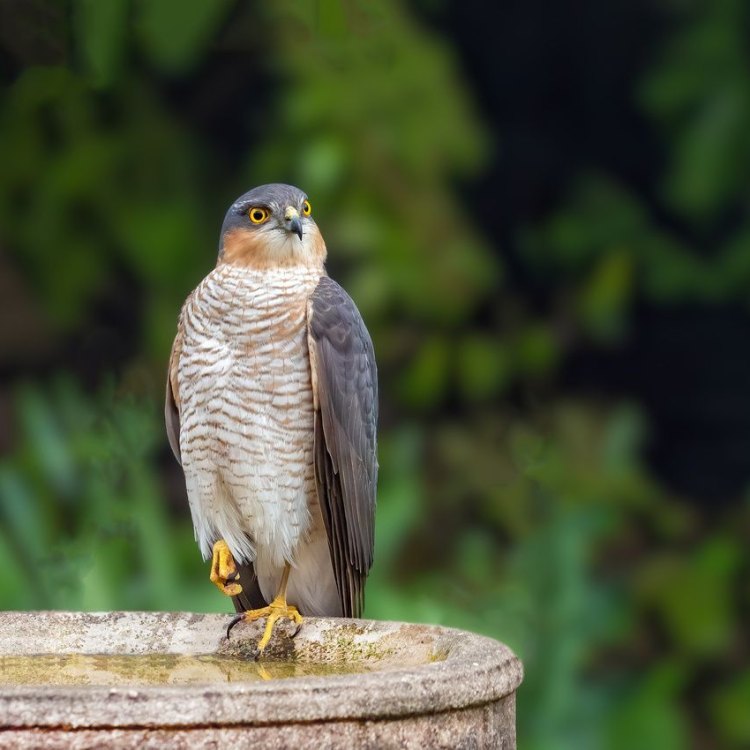
The Fierce and Elegant Eurasian Sparrowhawk: A Master Hunter of the Skies
Disclaimer: The content provided is for informational purposes only. We cannot guarantee the accuracy of the information on this page 100%. All information provided here may change without prior notice.


